Should You Move Bulbs – When And How To Transplant Bulbs In The Garden
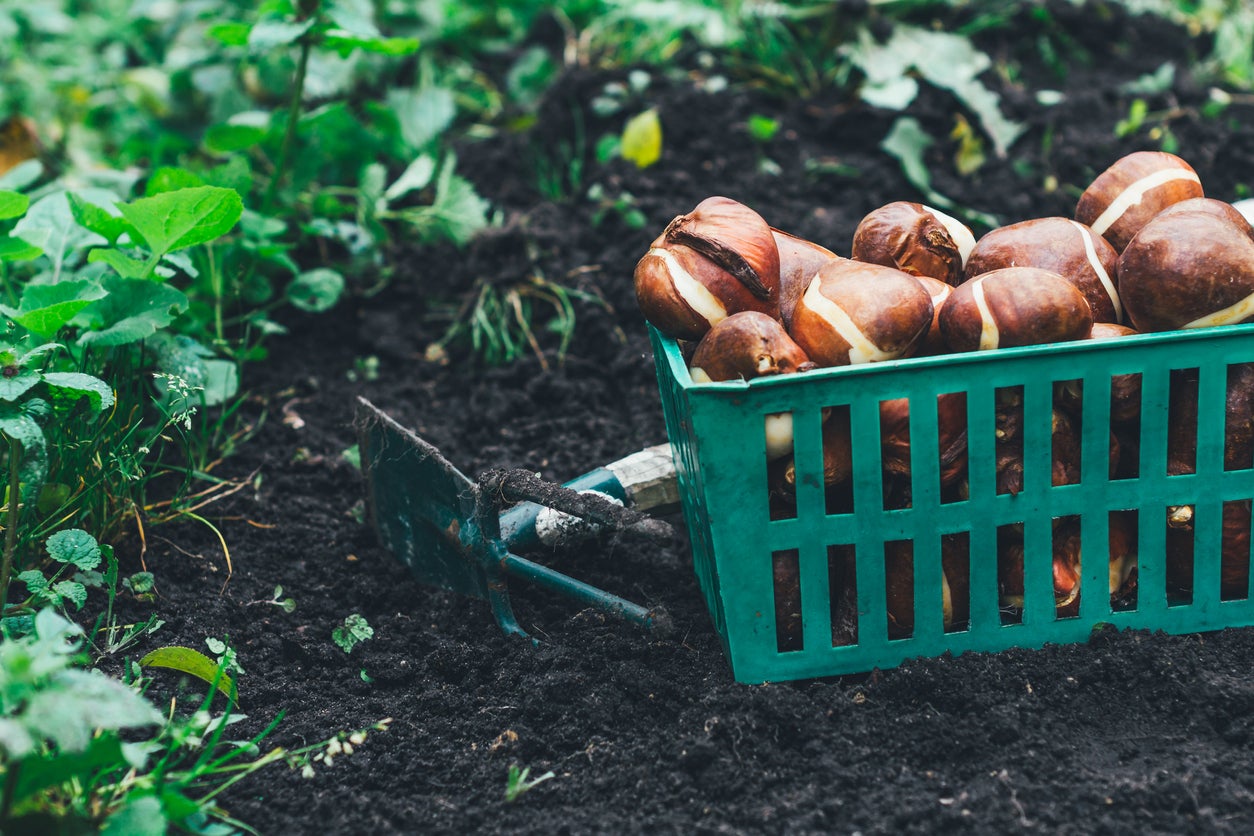

Planting spring-blooming flower bulbs in the fall is a great way to add a burst of early season color into the home landscape. Masses of flower bulbs, especially those which naturalize, can add years of interest to the garden. Bulbs like daffodils, muscari, and crocus are all examples of spring bulbs that thrive and often reproduce when planted in ideal locations of the landscape. However, one common issue with these plants results in a lack of bloom.
Luckily, moving flower bulbs may be a simple solution to this problem.
Should You Move Bulbs?
Once planted, many bulbs do not need to be moved. However, in some cases, it will become necessary for bulbs to be transplanted. Moving flower bulbs is most often needed when a plant becomes too dense. As bulbs multiply throughout the years, the space needed for adequate root growth of the bulbs diminishes.
One important sign of dense plantings is the lack or decreased number of flowers produced during the bloom period. While this problem proves troublesome for gardeners, the solution is relatively simple.
When to Transplant Bulbs
The best time to transplant spring bulbs is in summer or fall, once the foliage has sufficiently died back. Flowering spring bulbs gather energy for next year’s blooms through their foliage. Therefore, it's imperative that the plants are allowed to die back to the ground naturally before attempting to move the bulbs.
Once the plants have died back, it is then safe to dig for the bulbs and transplant them into their new growing locations. While moving the bulbs with the foliage intact is possible, it is not recommended.
If you’re in need of moving summer flowering types, like canna or dahlia, wait until the end of fall, again waiting until the foliage has died back. In warmer climates, these can be transplanted to a new location, but in cooler regions this is the time for digging up and storing the bulbs until the following planting season.
Gardening tips, videos, info and more delivered right to your inbox!
Sign up for the Gardening Know How newsletter today and receive a free copy of our e-book "How to Grow Delicious Tomatoes".
How to Transplant Bulbs
The process of transplanting bulbs is relatively simple. When digging for bulbs, always make certain to wear gloves, as some flower bulbs contain toxins that may cause irritation to skin. First, locate the flower bed to be dug. Since the flower bulbs will be dormant, the bulbs may be difficult to locate. Marking the perimeter of the garden bed while the plants are blooming is one way to make the process easier.
As the flower bulbs are dug, gently separate them. This can be done by separating each bulb into multiple pieces, or by separating the bulbs into smaller clumps, depending on the type of bulb being separated.
Once the bulbs have been separated, replant them into your desired well-draining location. Generally, most flower bulbs should be planted at twice the depth as their height. This will ensure the best chance of success as bulbs begin to take root and prepare for the next bloom period.

Tonya Barnett has been gardening for 13 years. Flowers are her passion. She has transformed her backyard into a cut flower garden, which she regularly chronicles on her YouTube channel http://www.youtube.com/@tonyawiththeflowers.
-
 Terrifically Tubular Flowers For Hummingbirds: 9 Tube-Flowered Plants To Attract Hummers
Terrifically Tubular Flowers For Hummingbirds: 9 Tube-Flowered Plants To Attract HummersGrowing tubular flowers for hummingbirds helps you create the optimum feeding conditions for your winged friends. Here are nine tubed delights for hummers
By Tonya Barnett
-
 How To Grow Hydroponic Tomatoes For Fresh Indoor Harvests – No Soil Required
How To Grow Hydroponic Tomatoes For Fresh Indoor Harvests – No Soil RequiredLearning how to grow tomatoes in water is easy and allows you to harvest fresh-home-grown produce in every season without any mess.
By Ellen Wells
-
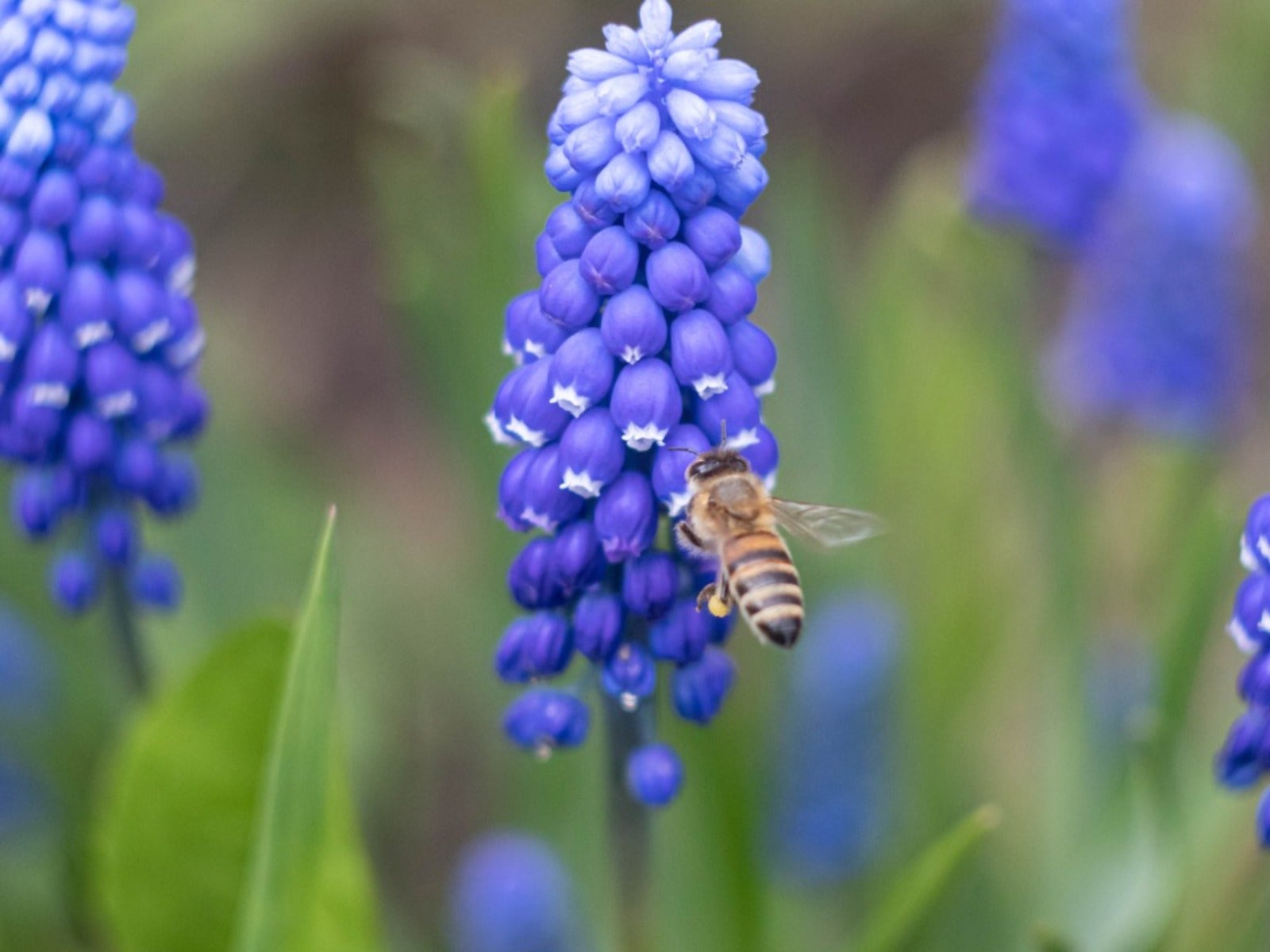 Pretty Spring Bulbs For Pollinators
Pretty Spring Bulbs For PollinatorsWhat are the best flowering bulbs for pollinators in spring? Click here to find out.
By Mary Ellen Ellis
-
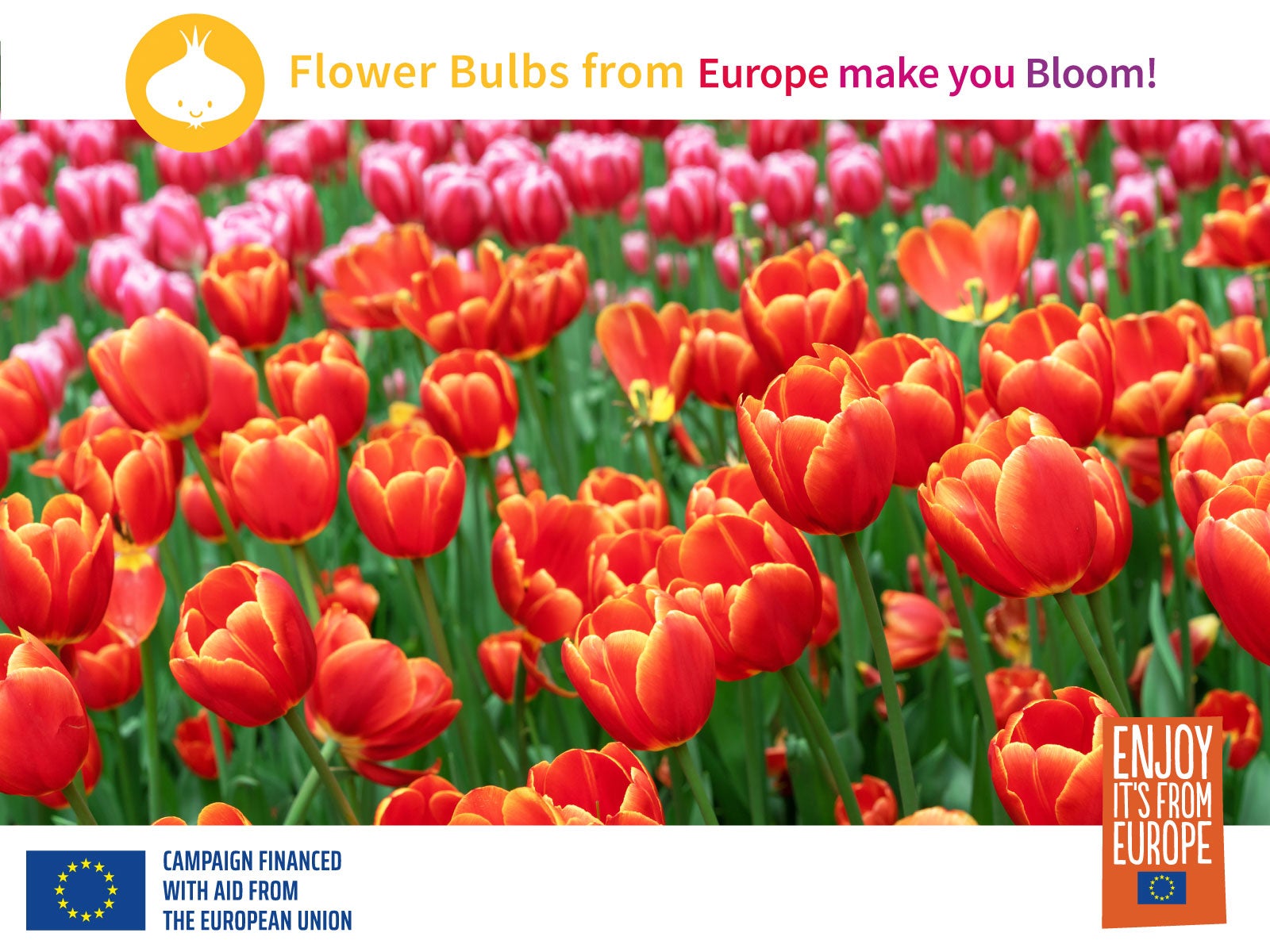 Grow An Early Spring Flowering Bulb Lawn
Grow An Early Spring Flowering Bulb LawnWant a lawn that nourishes pollinators, never needs weeding, and grows more beautiful every year? We have the lawn for you. Click for more.
By Caroline Bloomfield
-
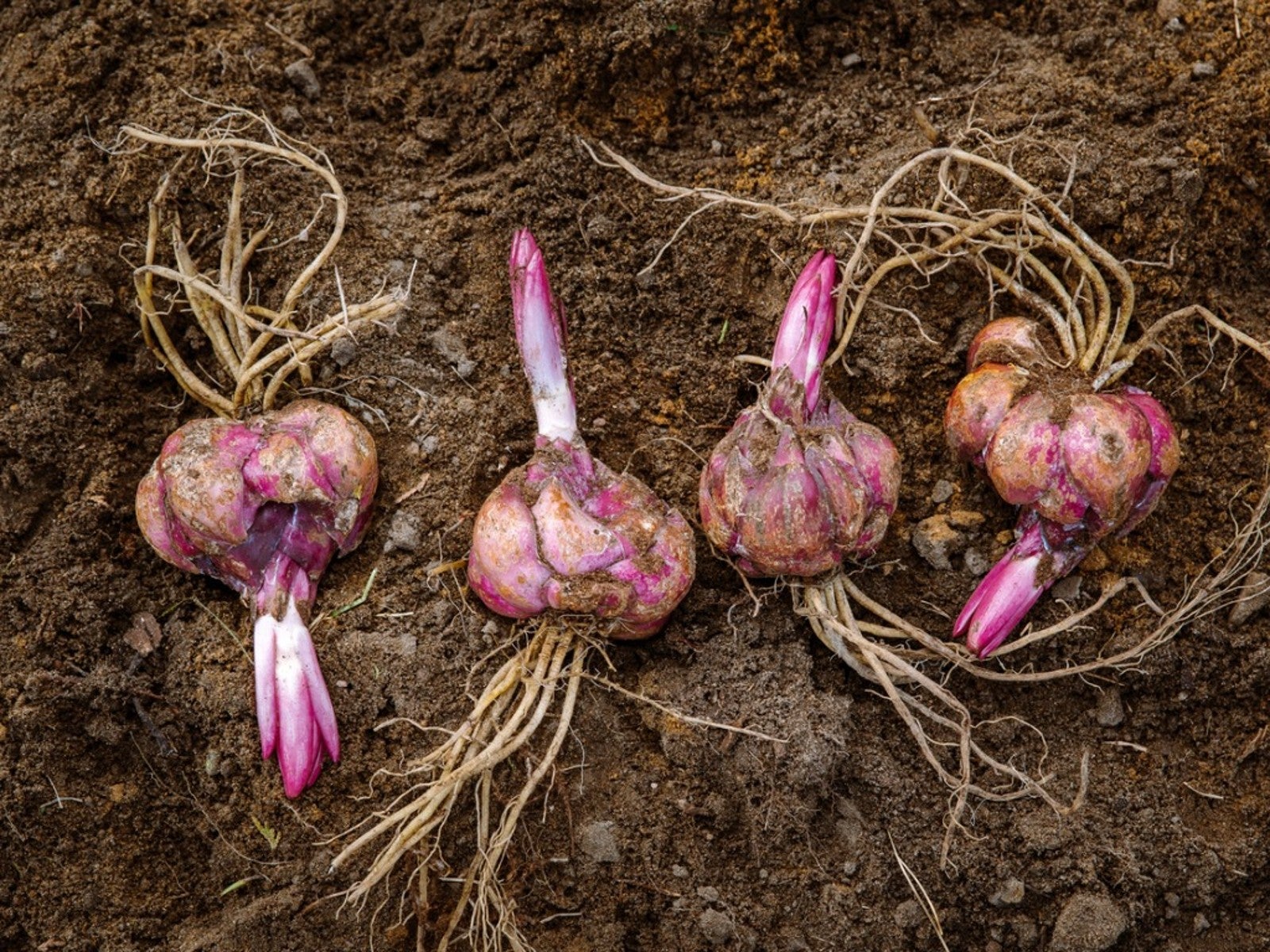 When To Dig Up Bulbs That Bloom In Summer
When To Dig Up Bulbs That Bloom In SummerClick here to learn when to dig up faded summer bulbs of some of the most common ornamentals grown.
By Tonya Barnett
-
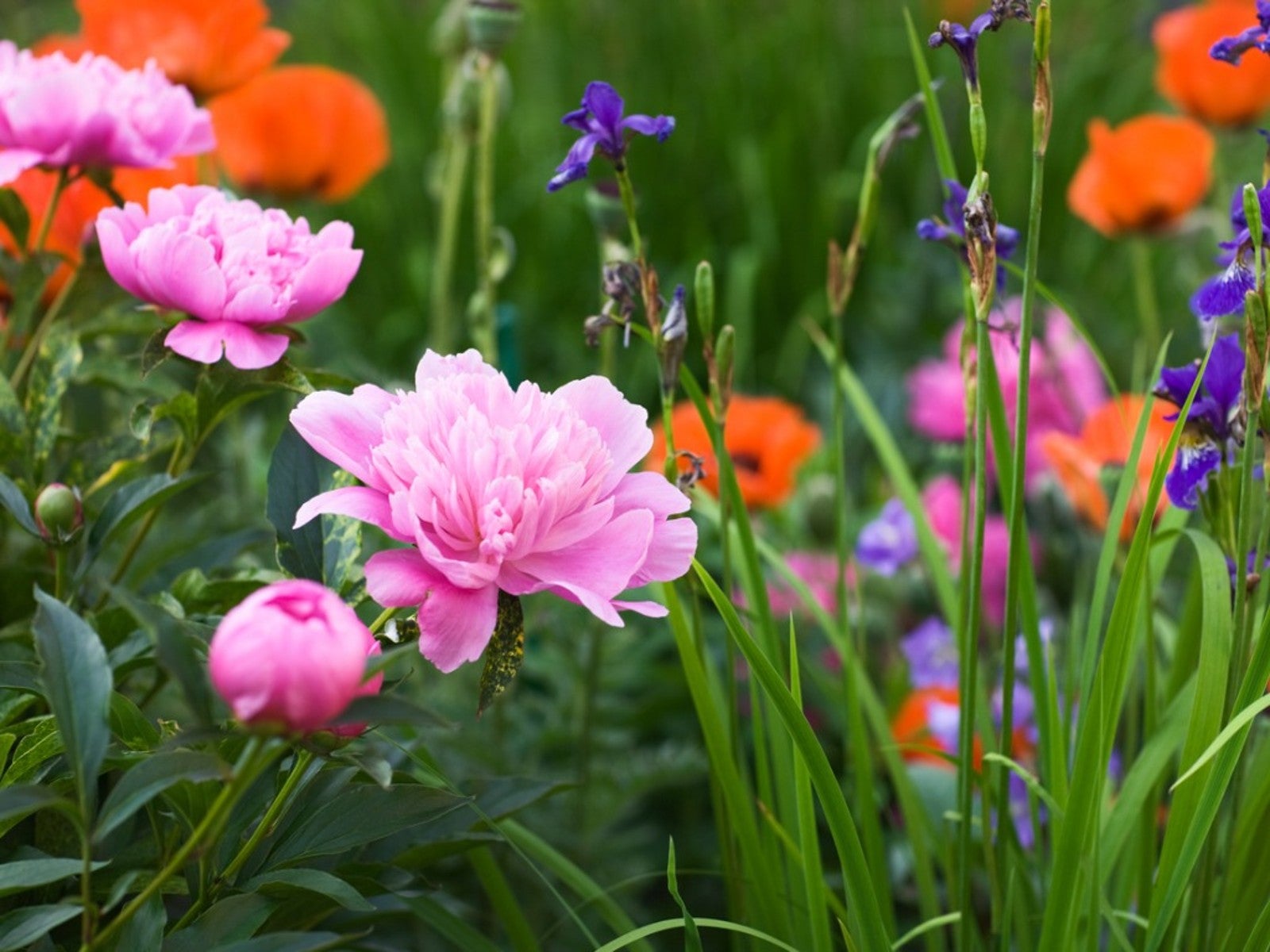 Corms, Tubers, And Bulbs That Are Deer Resistant
Corms, Tubers, And Bulbs That Are Deer ResistantWe love tulips, and so do deer! If you have hungry deer and you hunger for spring blooms, this article should help.
By Amy Grant
-
 Care for Bulbs After Blooming
Care for Bulbs After BloomingIt's tempting to chop down the leaves after you bulbs have bloomed, but you have to resist this urge! Click to learn why.
By Amy Draiss
-
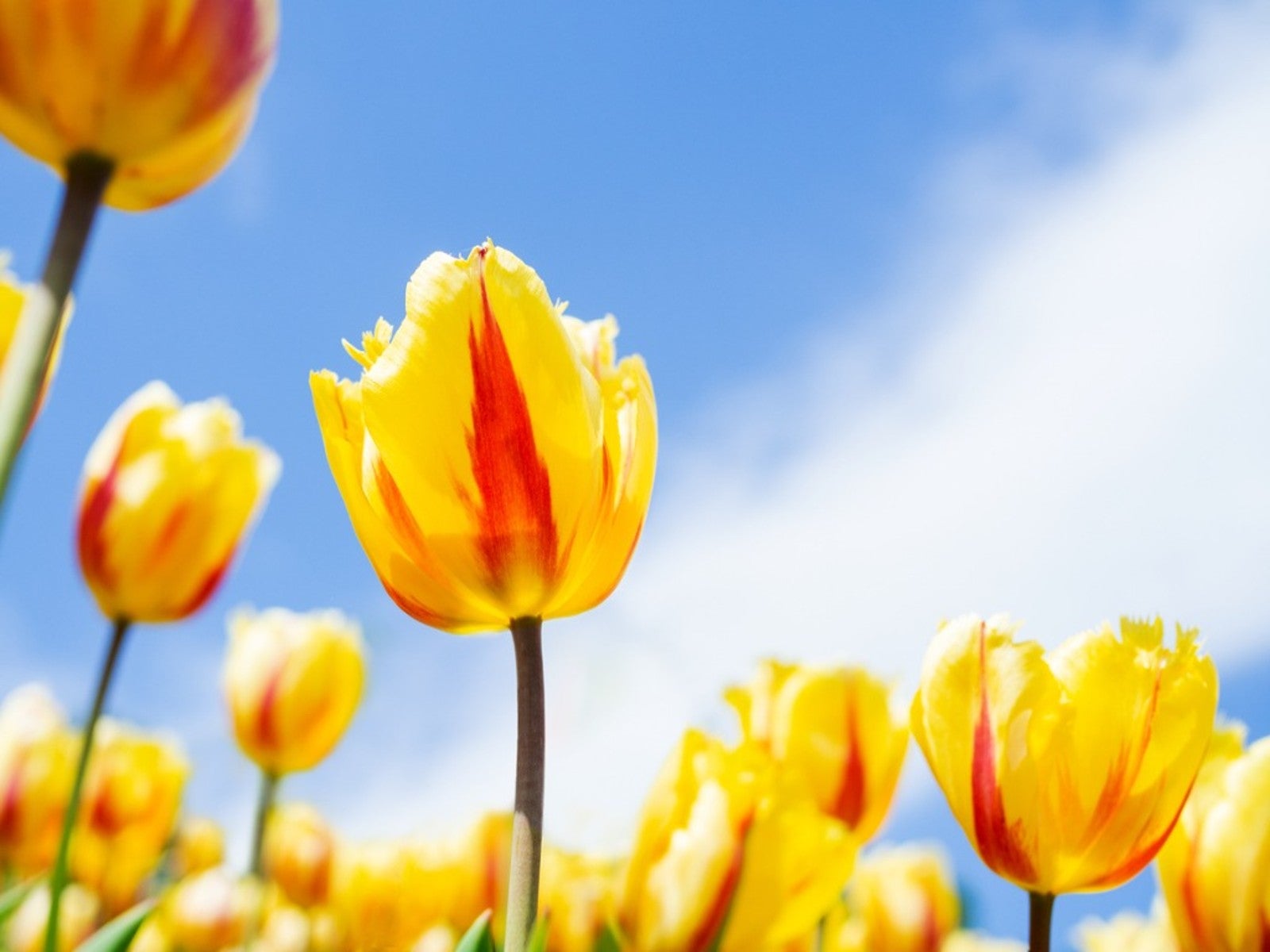 Best Spring Bulbs for Sun and Shade: Bulbs That Grow in Shade and Full Sun
Best Spring Bulbs for Sun and Shade: Bulbs That Grow in Shade and Full SunBulbs are beautiful harbingers of spring. Most flower bulbs thrive in full sun, but what if you have a shaded landscape? Read on for more.
By Amy Grant
-
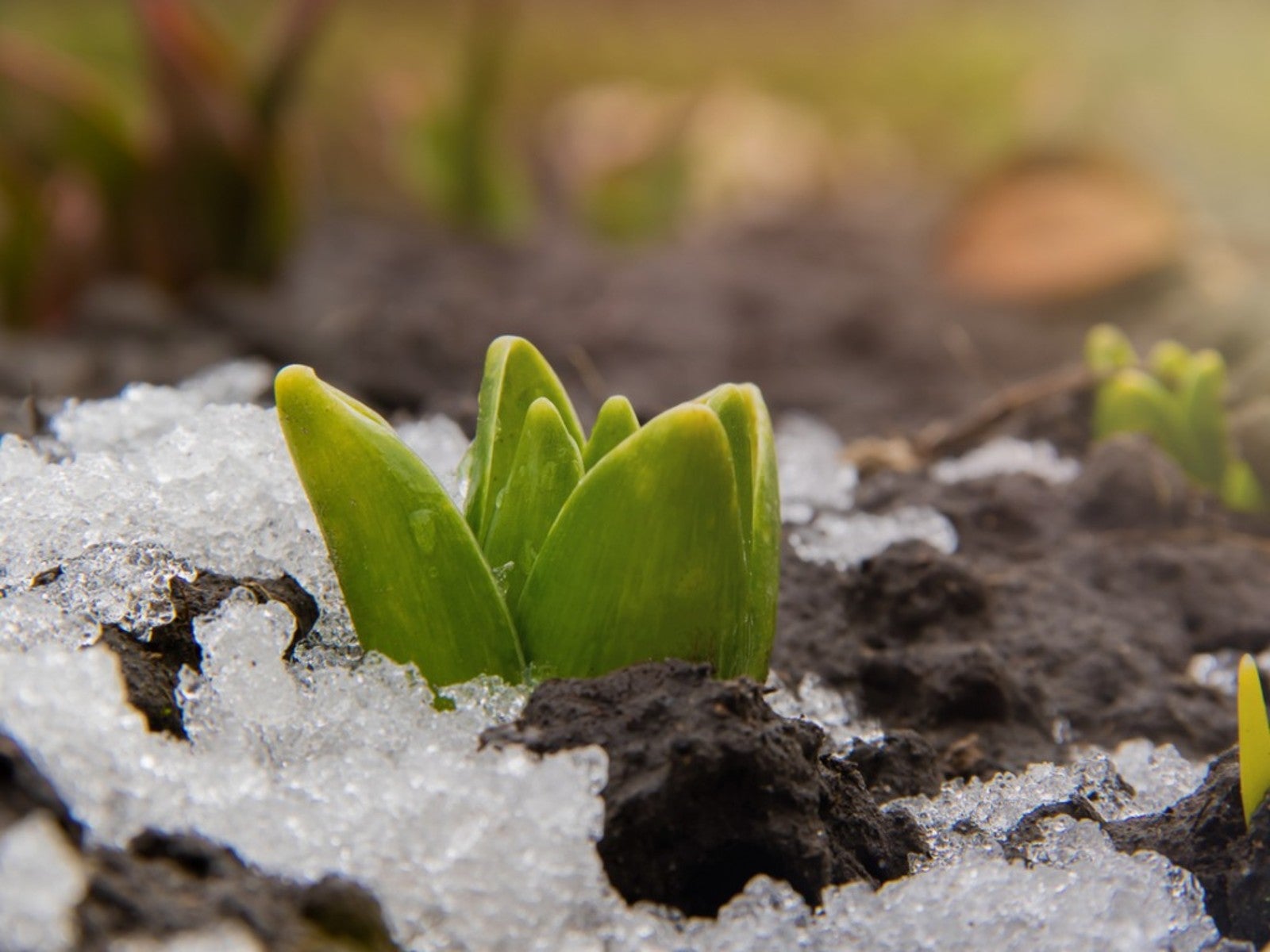 Bulb Life Cycle In Winter: What Bulbs Do For Months Under The Snow
Bulb Life Cycle In Winter: What Bulbs Do For Months Under The SnowDormancy in winter doesn't mean nothing is happening with bulbs. It just means you don't see any growth above the ground. Read on for more.
By Bonnie L. Grant
-
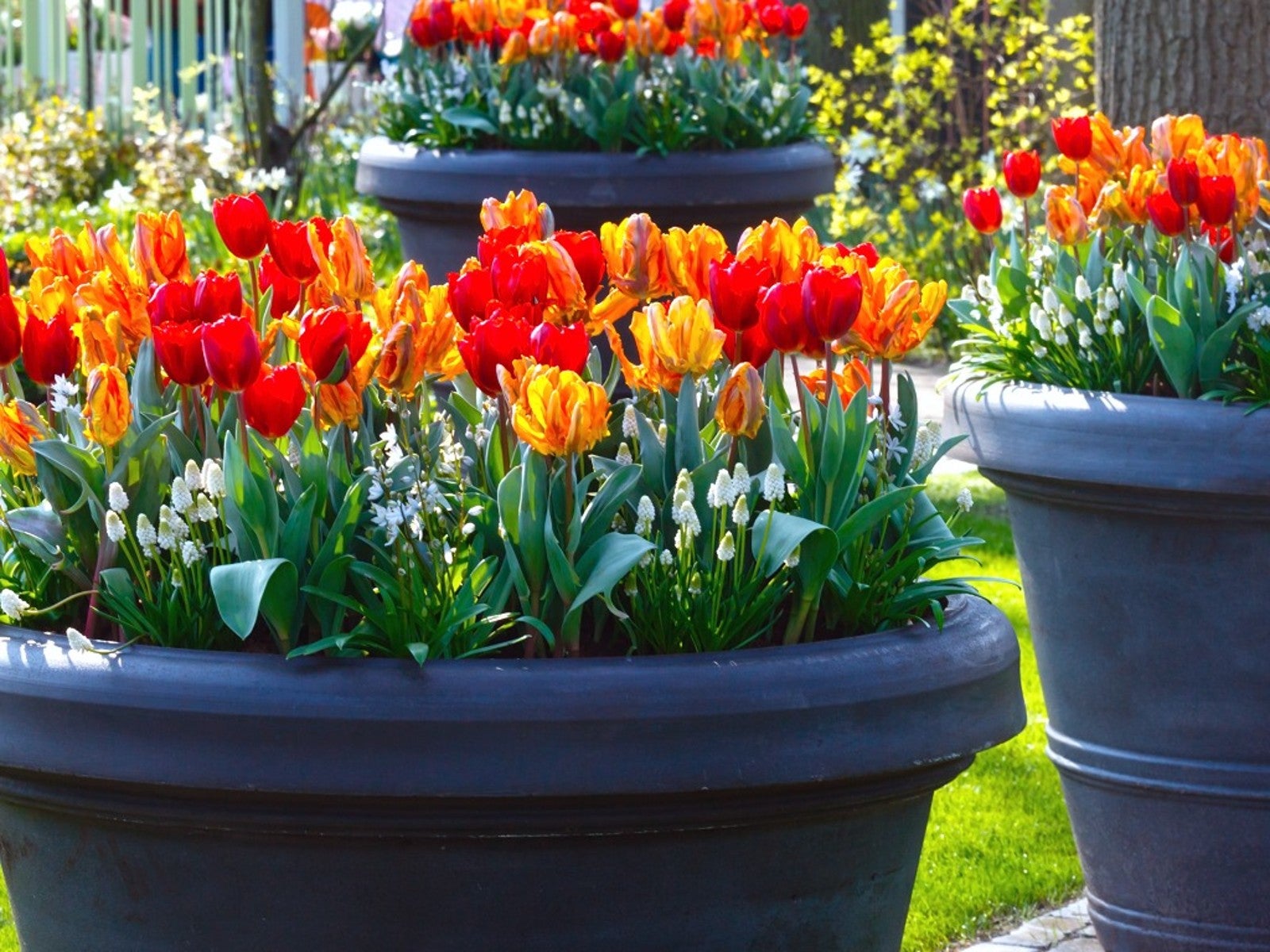 How To Plant Bulbs In Pots - Lasagna Style
How To Plant Bulbs In Pots - Lasagna StylePlanting bulbs in containers is an easy way to create a gorgeous spring porch arrangement, especially when you use the lasagna method.
By Laura Walters